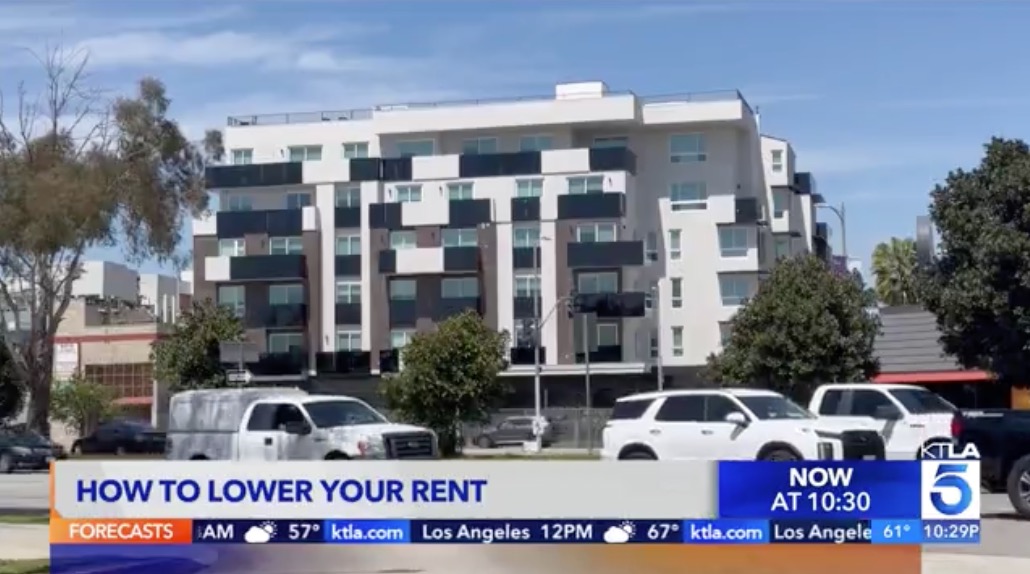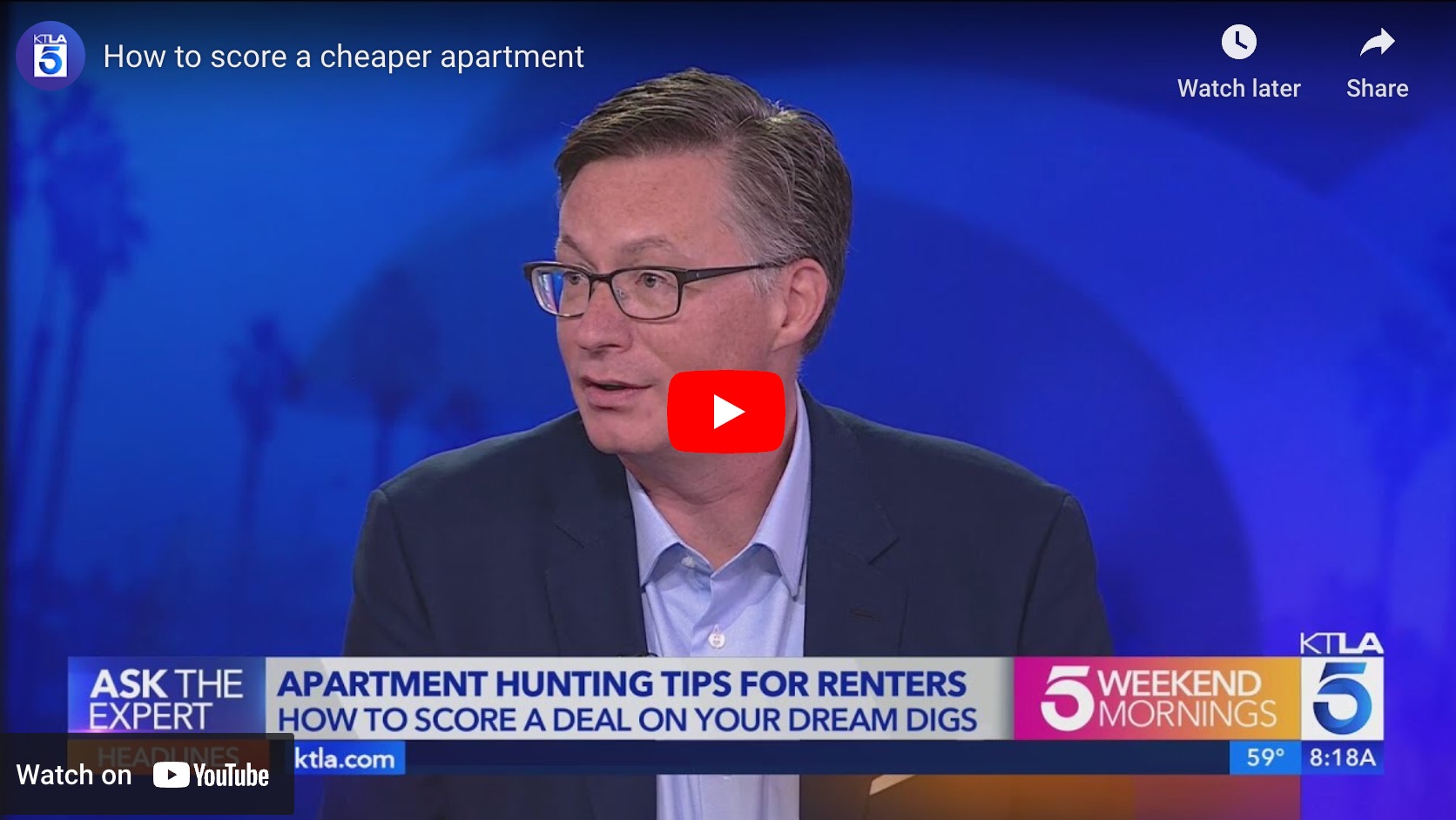A Year Like No Other
Jonathan Blakey has endured difficult conversations (including requests to negotiate rent) while working in the property management business, but nothing approaches this year’s rent crisis. A property manager for Lynx Management, Blakey oversees properties housing roughly 800 tenants in and around Santa Barbara, California. The economic fallout he’s seen from the coronavirus crisis has been unprecedented; lost jobs, tenants struggling to pay bills, and landlords grappling with mortgage payments.
Amid the tension, Blakey finds himself a middle man, like many in the industry, hoping to keep things afloat until a recovery emerges.
“It’s honestly been a mixed bag,” he tells Dwellsy. “Some tenants we thought would be hard up have paid rent and told us it’s fine, and others we thought were set told us they needed help. We’ve treated everything on a case-by-case basis. We want to help everyone navigate these circumstances as quickly as possible.”
Coronavirus has upended nearly every aspect of the economy, and the rental market isn’t any different. With 40 million Americans unemployed as of late May, an overloaded unemployment system, and a patchwork of state-by-state—and even city-by-city—regulations, rent protections, and eviction moratoriums, it’s a challenging time to meet rent and payment obligations. Amid an uncertain and unfamiliar situation, however, renters and owners have shown the ability to compromise and negotiate rent.
Collective Best Efforts
Blakey isn’t alone in trying to navigate through a crisis with no fixed end date, which complicates payment plans and can make tenants loathe to part with limited funds. According to Jeff Cronrod, who represents the American Apartment Owners Association (AAOA), the nation’s largest landlord trade group, everybody is “shooting from the hip, and doing the best they can without a lot of guidance from any level.” The AAOA offers a generic rental deferment agreement for download on its website, amid different seminars, legal advice, and resources. Some landlords have even offered to utilize security payments to cover rent and tide-over out-of-work tenants. Since eviction and rent deferment laws and regulations vary by jurisdiction, and are constantly being extended and updated, both landlords and tenants should consult tenant right groups or property manager associations frequently.
“There’s no course or book on this,” he says, “so it’s more about cooperating and trying to make it work.”
Cronrod says in-process AAOA surveys of members suggest the issue is getting worse. Members said that 54 percent of tenants said they wouldn’t be able to pay rent in April, which rose to 62 percent in May. At the same time, 57 percent of landlords said they’d offer a concession or deferment in April, a figure which rose to 81 percent in May. Data from Avail, a management and payment tool for landlords, has found similar shifts: a survey of thousands of owners found that the percentage who didn’t receive full rent payments climbed month by month: 21.9 percent in March, 33.2 percent in April, and 42.3 percent in May, with the vast majority saying it was due to tenant inability to pay.
“This explains the impact of the virus,” Cronrod says. “It’s getting more economically difficult to pay the rent, while at the same time, most members are responding in a positive, humane way.”
There are some issues frustrating landlords: some see tenants getting $1,200 stimulus checks and elevated unemployment payments, who may be making close to or more than they did while employed, refusing to compromise or pay any rent. That’s when, he says, both sides need to be compassionate, and fair.
Blakey in Santa Barbara agrees. The playbook he and other landlords have adopted is to be proactive, negotiate rent in good faith, and try your best to keep tenants in their homes and up-to-date on payments.
“It’s in the best interest of landlords to have tenants stay where they are, even if they’re only able to pay 25 or 50 percent right now,” he says. “If you hold their feet to the fire immediately and try as hard and quickly to get them to pay, you’re losing rent due to vacancies.”
Blakey’s tenants live in an area where a temporary county ordinance bans evictions and mandates rental deferments, which in some ways forces his hand when a tenant says he or she will be short for the month. But 60 to 70 percent of his tenants say they need deferments, due to lost jobs, limited hours, or furloughs, and California’s high housing costs dilutes the impact of the $1,200 stimulus check. With landlords unwilling to ultimately forgive rent payments, Blakey, like many managers and owners, is trying his best to get economically struggling tenants to abide by a realistic payment schedule so they’re not overburdened later.
Proactive Outreach
In Hampton Roads, Virginia, Donje Putnam, director of marketing and compliance for Signature Management Corporation, which operates 1,800 units, says that being proactive changed the conversation the company was having with its tenants. After April 1, but before April 4, when rent was due, the company reached out to every tenant who hadn’t paid and asked if their employment status and income had changed.
For any renters who could prove they were impacted, via a letter from an employer or other documentation, Signature waived late fees and worked out a plan to make smaller payments throughout April. It’s been so successful, they’re doing the same thing in May. Reaching out in the spirit of collaboration to negotiate rent, instead of intimidation, paid off.
“Our strategy was to work with tenants to give them time to catch up,” she says. “Letting them know we wanted to work with them helped a lot.”
Signature hasn’t needed to set up deferment plans yet, but Putnam says they’re open to the idea. The challenge is timing: within the scope of a one-year lease, it’s difficult to catch up if payments fall behind for more than a month or two. That’s why, like Blakey, she agrees that it’s best to try and get tenants to pay what they can, to avoid large rent backlogs.
Finding Solutions Together
Humanizing the situation is important for both sides, says Blakey. If tenants reach out as soon as they lose jobs, get furloughed, or find out their hours have been cut, and provide documentation, it’s easier for landlords and property managers to empathize, negotiate rent, and meet them halfway.
“Tenants who have been proactive, and have brought the issue to the table as soon as it became applicable, are the ones that have been treated with the most priority,” he says. “Those are the success stories. A lot of people have the misconception the landlord is the rich uncle from Monopoly. Occasionally, that may be true. But for the most part, they’re regular humans like you and I that rely on this income to survive.”
Make sure you check out Part 1 of this 5 part editorial series, Complicated Moves for Renters.
Want to get started with your rental search, start at Dwellsy.








